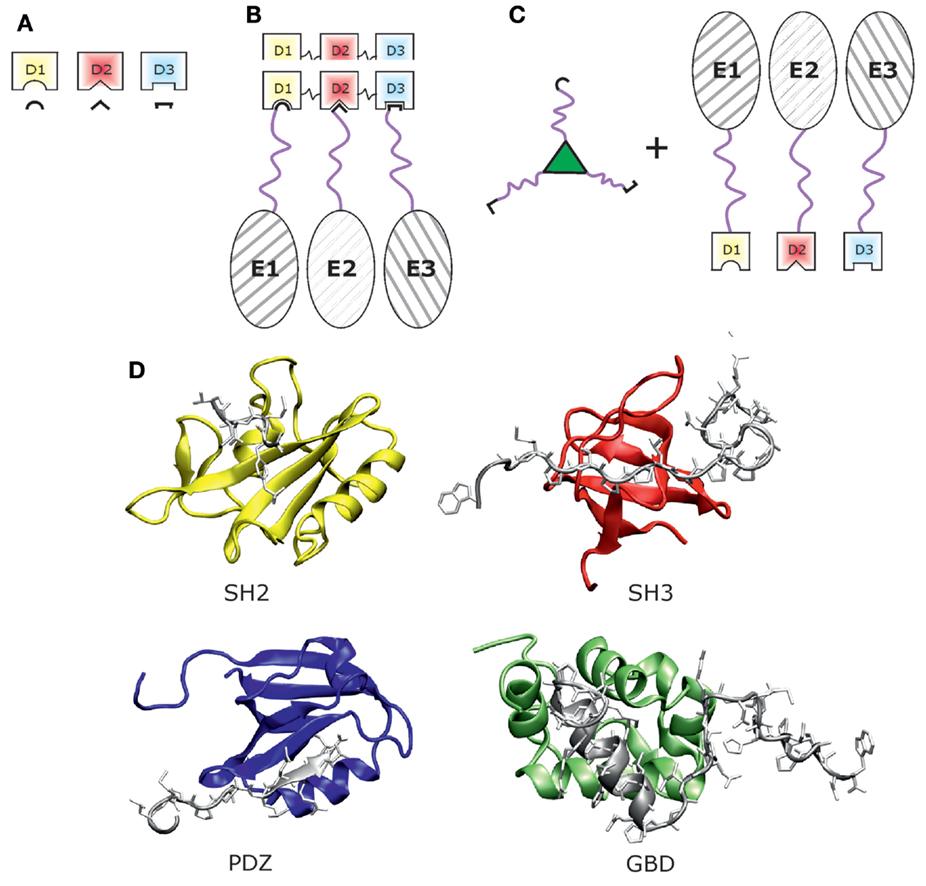
Over the next two decades, and following a move to Cancer Research UK’s Clare Hall Laboratories as the site’s new director in 1986, Lindahl and his colleagues meticulously mapped out this repair mechanism, base excision repair (BER), reconstituting it in human cells. 1Īnalysing Escherichia coli samples, he noted that the purine decay process he had first analysed in Bacillus subtilis was analogous to a mode of action in gram-negative bacteria by which a protein enzyme, N-glycosidase, was cutting deaminated cytosine from a nucleotide, leaving an empty base site. The laureate soon discovered why we’re all still standing. Left unchecked, such an assault on your DNA would mutate it beyond all recognition. Lindahl estimated that up to 10,000 of these mutations, or lesions, occur in every healthy human cell every day. This results in a mutation that can be readily passed on through cell division and DNA replication. Such base anomalies are unable to hydrogen-bond with their previous base partner and resort to forming new bonds with adjacent bases. ‘So, the thymines tend to decay to form uracil – that’s an abnormal base in DNA.’ Cut, copy & paste ‘One of the fundamental forms of DNA damage inside a cell is simply the decay of thymine bases,’ explains West. In addition to hydrolytic base removal, the spontaneous mutation of bases, be they cytosine or thymine, via the hydrolytic release of an amino group from a base was also uncovered by Lindahl. Lindahl discovered that this crucial glycosidic bond was being hydrolytically cleaved, leaving the affected bases to drift away from the safety of the double helix – a process known as depurination. In every DNA nucleotide, of which there are billions in a single strand, there are three key parts: a nitrogenous base linked by a single glycosidic bond to a deoxyribose sugar and phosphate group. Within his bacteria samples, Lindahl noted that hydrolysis must be the culprit for this leakage. The release rate indicated that one molecule, normally vital for cell development, was responsible for the nucleic acids’ slow decay – water. Most people assumed I had made a trivial observation on sloppy experimental workīy labelling DNA in the gram-positive bacterium, Bacillus subtilis, with a 14C radioactive tracer, Lindahl and Nyberg quickly established that purine bases, adenine and guanine, the molecular pairing and ordering of which gives us our genetic traits, leak from DNA. ‘In Stockholm, I and my lab aid, Barbro Nyberg, who had fantastic lab technique, we could show DNA degraded spontaneously,’ recalls Lindahl. ‘But then I did the experiment over a number of times, I made the RNA myself, so I was sure it wasn’t contaminated, and then I found the RNA slowly, slowly decomposed, always at the same rate.’ This observation was important, according to Lindahl, because it demonstrated there was a regular decay process occurring and wasn’t simply an artefact of contamination.įollowing a short postdoctoral stint at Rockefeller University, US, Lindahl moved to the Karolinska Institutet in Sweden and was able to show DNA suffered a similar fate. ‘Human beings have a lot of ribonuclease enzyme that breaks down RNA, so most people assumed I just had made a trivial observation on sloppy experimental work,’ Lindahl explains. Such a decay, he postulated, suggested the phosphodiester bonds that link nucleotide sugar units together, the very backbone of RNA, were being broken.īut it wasn’t initially a surprise to many chemists at the time. The RNA was irrevocably damaged after 30 minutes.

As a sideline to his research, he decided to isolate the polymeric molecule and heat it up to 90✬. Lindahl’s idea began to take shape when he was studying the conformation of RNA in the late 1960s. ‘ realised that DNA was not as stable as people thought it would be – it’s not a lump of steel or like a brick, it is a substance that is very fragile.’ All about that base ‘In the Watson and Crick days, they discovered the double helix and that there’s this beautiful molecule that replicates faithfully – well, you know, it doesn’t,’ says Stephen West, Lindahl’s former colleague and now a group leader at the Francis Crick Institute, UK. James Watson, Francis Crick and Maurice Wilkins, standing next to their newly discovered, double-helical model, were reassured this structure was stable, almost immutable, in the absence of external threats such as radiation. Back in the 1950s, this wasn’t an issue for the early pioneers of genetics.
#Protein scaffold in dna code#
Their biochemical studies of life’s code have had a profound influence on the way in which we view not just the human genome’s vulnerability, but its capacity to fight as well. Tomas Lindahl, Paul Modrich and Aziz Sancar Latron, Mary Schwalm/AP/Press Association, Max Englund/UNC School of Medicine


 0 kommentar(er)
0 kommentar(er)
